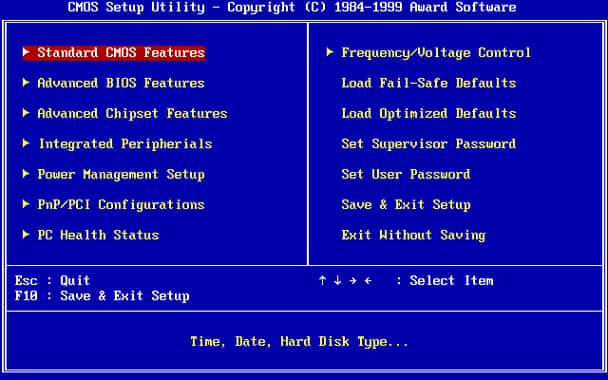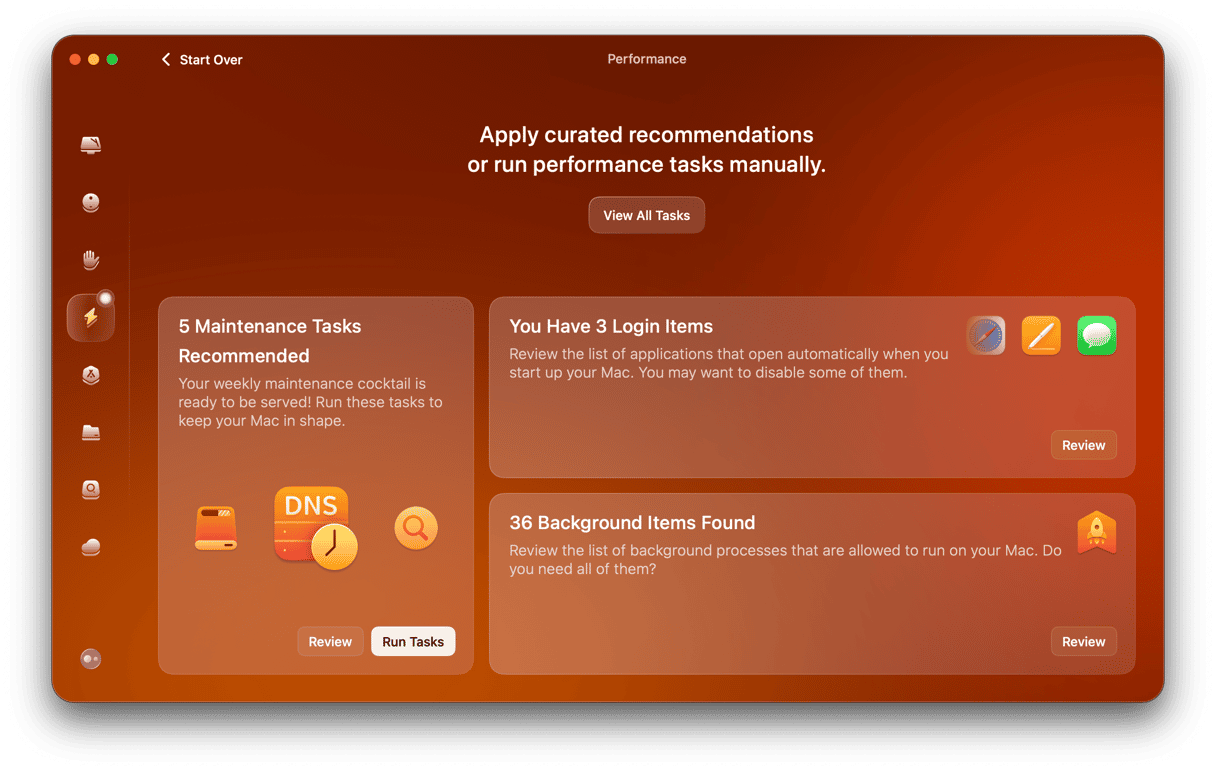BIOS mode only exists on PCs, right? Well, sort of. Although the Mac doesn’t have a bios mode, it has something similar. In this article, we’ll get into what BIOS mode is, its equivalent on the Mac, and how to enter and use it. We’ll also show you how you can optimize and protect your Mac without having to get deep into the command line.
What is BIOS mode?
BIOS stands for “basic input and output system.” It’s firmware that controls the initialization of hardware on a computer. Without it, your RAM, keyboard, mouse, and display won’t work. It also starts loading the OS when you press the power button and performs other runtime services.
On older PCs, the BIOS is controlled by the hardware manufacturer and is what loads Windows when the PC boots.

What is the Mac equivalent of BIOS?
UEFI, or unified extensible firmware interface, is the name of the firmware in macOS that does the same job as BIOS on most Windows machines. UEFI initializes hardware like your FaceTime camera and trackpad and loads the operating system.
Unlike in the Windows world, where Microsoft updates the OS and hardware manufacturers push out firmware updates, Apple controls both hardware & software and regularly updates UEFI.
Apple doesn’t allow users to navigate UEFI and adjust settings before the macOS loads. They do so to protect the OS from unnecessary changes. That’s why most of the things you could do in BIOS mode aren’t possible on Mac.
How to enter BIOS on a Mac
As we mentioned earlier, users can’t enter UEFI on Mac. On PowerPC Macs, you used to be able to press a key combination at startup to enter Open Firmware and view a diagram of connected devices, RAM configurations, and CPU information. You can’t do that on Macs, however. The closest thing you can do is boot in single-user mode and use the command-line interface to interrogate your Mac using Unix commands. However, it is only available for Intel-based Macs, meaning that the following steps will not work for Macs with Apple silicon.
- Shut down your Mac.
- Press the power button and hold down Command and Option keys and the letters O and F as your Mac starts up.
- Release the keys when you see a black screen with white text on it.
Now, you can run UNIX commands to troubleshoot your computer.
How to maintain and protect your Mac
If you don’t already have CleanMyMac on your Mac, you can get your free CleanMyMac trial. The app is effortless to install by following the instructions on the screen. And it’s compatible with Apple silicon Macs.
- Launch CleanMyMac.
- Go to Performance and run a scan.
- When the scan is finished, click Run Tasks.
- Review your Login and Background Items to quit processes you don't need.

That’s it. Once it’s done, your Mac will be in much better shape than before. You can follow the same process to scan for malware, clear out junk files, manage applications, and more. CleanMyMac helps reclaim gigabytes of free space on your hard drive.
Instead of Macintosh BIOS, there is UEFI — unified extensible firmware interface — that carries out the same functions as those performed by the BIOS on older Windows PCs. These include initializing the hardware and loading the operating system. Sadly, you can’t boot into UEFI mode to take control of the process using a command line. However, a single-user mode allows you to do something similar for Intel-based Macs. Or better, use CleanMyMac — no command line needed!






